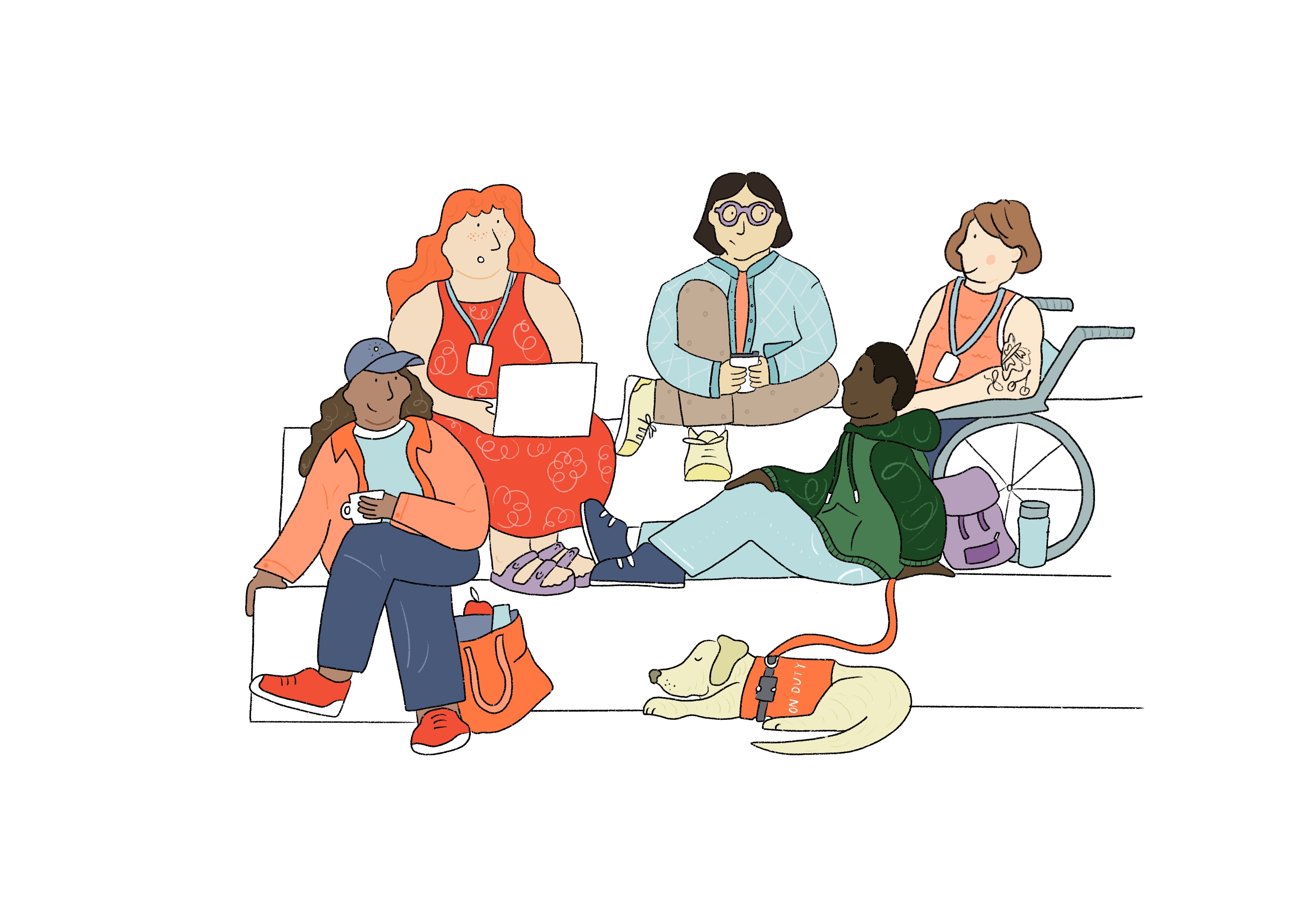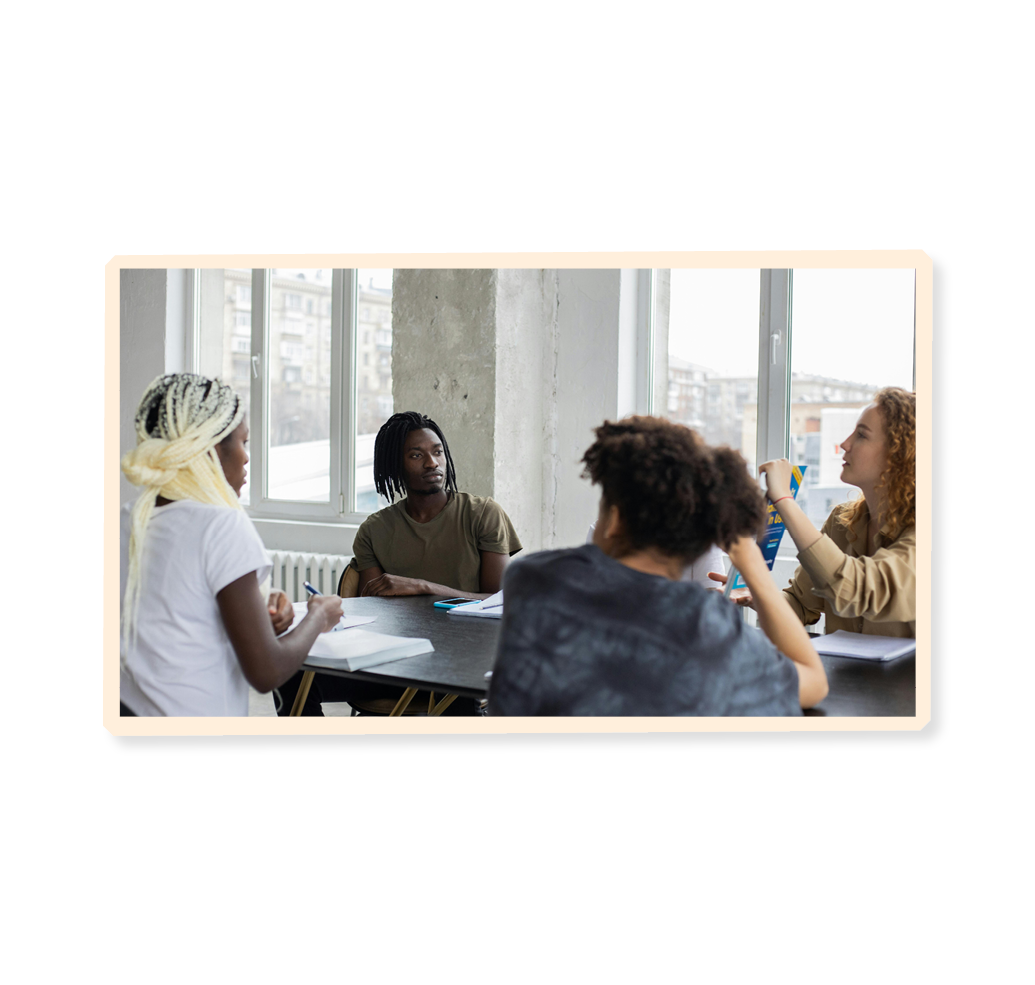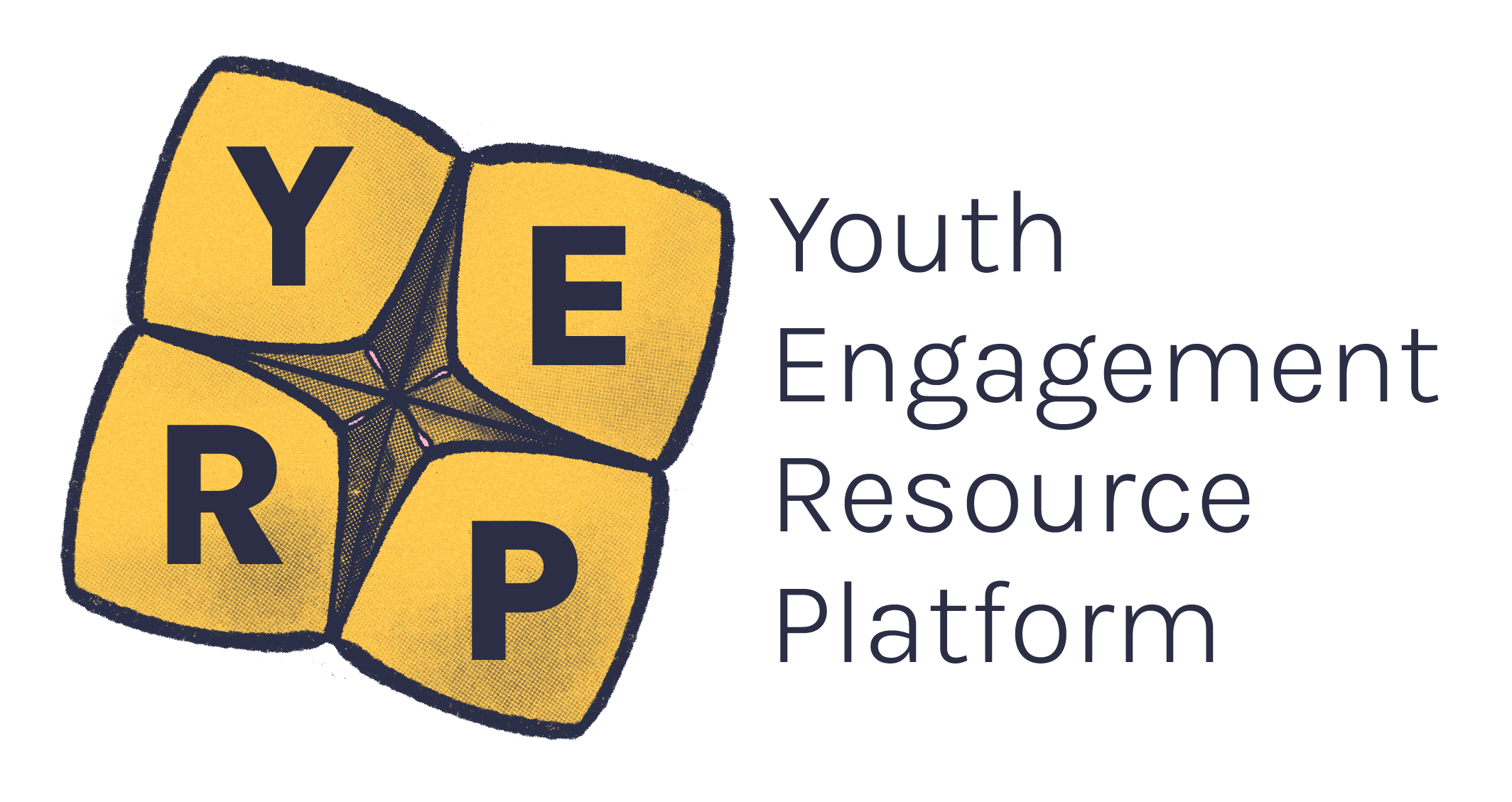“Inclusive language is not about impinging on free speech or political correctness; it is about communicating in a way that is accessible and respectful and values, includes and empowers all members of your audience.”1
–The University of Queensland
Language plays a big role in shaping a space and creating a group culture. The way we use it reflects our values, and it has the potential to support different perceptions about other people.
When we use language inclusively, we’re acknowledging people’s diverse values, cultures, and experiences. This means we are being respectful of all people.2
On the other hand, language that’s insulting or disrespectful.derogatory or discriminatory can disrespect or exclude people. Even if unintentional, this language can be harmful and perpetuate stereotypes.3,4
Below is information on inclusive language for three specific cohorts of young people but remember, there are so many different communities, each with endless considerations around language. Seek out information from organisations and young people who are part of certain cohorts or work with them for best practice inclusive language.
The aim of using inclusive language is to build a space where people feel safe and empowered.2,5 Below are some key ideas to consider:
- Think about the impact your words and phrases might have on other people.
- Respect how people choose to be addressed. Where appropriate, ask about the language a person prefers and respect their answer.5
- Consider whether it’s necessary to reference someone’s personal attributes.
- Use positive, strengths-based language when talking with a young person about their lived experience.
- Consider the context of the language being used. It may be appropriate for people belonging to a certain group or community to use specific terms and phrases, whereas for those outside of that group or community, it may not be appropriate.5
- Consider whether the language you’re using contains jargon, technical terms or acronyms that might be hard to understand or could exclude others.
- Avoid terms or expressions that could reflect prejudiced, stereotyped, or discriminatory views of a group of people.5
- Be aware of the diversity within the group of young people you’re working with, your community and society more broadly.
- Have an awareness and learn about the differences between people who might share certain identities or be within the same community.
- Don’t make assumptions about groups, communities or individuals.5
- Reflect on how some commonly held beliefs about groups are present in your language, and try to remove them.
Have a read through this blog post on inclusive language.
A group of people sitting down and talking on three levels of steps. They all wear colourful clothing. There is a service dog lying down. It's coat has text that reads 'on duty'. The person on the far right has a wheelchair.
Illustrated by Angharad

Language is important when speaking about disability and speaking to disabled young people and the wider community. At YACVic, we use 'identity first language'.
- Identity first language is about pride and autonomy and many people chose to use this language when talking about themselves.
- Describing yourself as a 'disabled person' is an example of using identity first language.
- Another way people may refer to themselves is 'person first language' such as a 'person with a disability'. This places the focus on the person and deemphasises disability.
- The language someone uses is a personal choice - if you aren't sure, just ask!
We really encourage you to listen to disabled leaders and young people working in this space and especially read YDAS’ resources and receive their Together Training.
We also recommend you check out the Listenable Podcast by Dylan Allcott and Angus O'Loughlin.
YACVic acknowledges the work that First Nations organisations are doing in this space, and we encourage you to seek out their work, resources and training and engage with First Nations activists, artists and leaders. YACVic is not an expert in this space but we wanted to give you some considerations about how you, as a youth worker, can ensure your language is inclusive and culturally safe. A few considerations:6
- Use the term and phrase ‘Aboriginal and Torres Strait Islander’. These terms acknowledge the diversity of identities and cultures that exist across Australia.
- Use plural terms for First Nations ‘histories’, ‘perspectives’ and ‘ways of being’.
- Avoid language that places a person as the cause of an issue or disadvantage rather than the structural systems that have placed them in a position of disadvantage.deficit language. While acknowledging the intergenerational inequities faced by First Nations young people is necessary, we should also acknowledge their continued strengths and contributions.6
- By using strengths-based language, we can avoid actions that limit a person’s or a group of people's freedoms and responsibilities.paternalism and the belief that white people are here to save, help, teach, and protect people who aren’t white.white saviourism. Instead of framing Aboriginal and Torres Strait Islander young people as in need of being ‘saved’ or ‘helped’, we can support their agency and leadership through allyship and as youth workers.6
Acknowledgment of Country
- Acknowledgments of Country are a way of showing respect and appreciation to the traditional owners of the lands that you're on, or where an event is taking place.
- Recognising that Aboriginal and Torres Strait Islanders are the rightful owners of the land shows solidarity with Aboriginal and Torres Strait Islander peoples, as well as respect and appreciation for their caring of the lands that we live and work on.7
We encourage you to check out Yarn Bark, for a fantastic training on how to Acknowledge Country meaningfully.
Using inclusive, gender-neutral language with young people ensures all young people feel comfortable, seen and safe.
- When addressing groups of young people, use words like ‘people’, ‘folks’ or ‘friends’.
- Check in with the young people you're working with about the kind of language they prefer to use, not just in relation to their specific identity, but also as a group, or with certain identity terms.
- For example, some young people will use the term ‘queer’ as an umbrella term to refer to themselves and other LGBTIQA+ young people, while others find this term uncomfortable.
On pronouns, check out our blog post ‘pronoun rounds, houseplants, and other ways to avoid misgendering a colleague’
We encourage you to seek out resources and training from organisations such as Minus 18, Zoe Belle Gender Collective and Queerspace, where you can learn about LGBTIQA+ terms and identities, pronouns and best practice when working with trans and gender diverse young people.
We have provided some information about specific aspects of inclusive language below. Please note, these are more advanced and specific elements of LGBTIQA+ inclusive language, so if the concepts and practice of pronouns are new to you, we suggest engaging in some of the above training or resources from other organisations before tackling neopronouns.
Neopronouns
Neo pronouns are gender-neutral pronouns that transgender, gender diverse and nonbinary people use as alternatives to ‘they/them’ pronouns. Neopronouns are used when referring to someone in place of their name. These are a newer type of pronouns, and the most common ones are:8
- Xe/xir/xirs
- Ze/zir/zirs
- Fae/faer/faers
People make mistakes, it's the reality of learning and it’s okay. What’s important is that we learn from these mistakes and do better in future.
- Language and its meanings change over time and what was once inappropriate or weaponised, may now be words that are reclaimed by members of those communities.
- Similarly, what was once used in everyday language may now be inappropriate and should not be used.
- Stay up to date with the language young people are using to describe themselves and check in with them about the words they’re comfortable with you using.
Sometimes you might make a mistake and use language that isn’t safe or inclusive. Acknowledge this, apologise if needed and be open to learning. Beyond the conversation, it’s also useful to do some learning in your own time.
For example, you might misgender someone in a conversation. If this happens you can swiftly apologise and ensure to use the correct pronouns going forward. It’s generally a good idea to keep your apology brief, so that the conversation doesn’t become about your error.
If a young person in your program or service uses inappropriate or discriminatory language , you’ll need to call this ‘in’ or ‘out’, depending on the situation and context, and let the young person know this behaviour is not okay.
Check out our resource on allyship as a youth worker. It has a great section on ‘calling in’ vs ‘calling out’.
Consider how much information about a person or group you really need to know. When you’re referring to a person or group, characteristics like gender, culture, religion, disability, sexual orientation, or physical features should only be mentioned where relevant and necessary.
These descriptors should always be used with care and forethought, as well as with an appreciation of a person’s intersectionality, and the diversity within groups.
- The University of Queensland. (n.d). UQ Guide to using Inclusive Language. https://staff.uq.edu.au/files/242/using-inclusive-language-guide.pdf
- Amnesty International. (2021). Inclusive Language and Events Guide. https://www.amnesty.org.au/inclusive-language-and-events-guide/
- Department of Education (2019). Inclusion and Diversity Resources. Girl Guides Victoria https://www.guidesvic.org.au/wp-content/uploads/2020/07/Guidelines-for-Inclusive-Language.pdf
- Diversity Council Australia. (n.d). Inclusive Language. https://www.dca.org.au/resources/di-planning/inclusive-language
- Minus 18. (n.d). LGBTIQ Inclusive Language Guide. https://res.cloudinary.com/minus18/image/upload/v1585712745/LBGTIQ-Inclusive-Language-Guide_bqdbiv.pdf
- Reconciliation Australia. (n.d). Demonstrating inclusive and respectful language. https://www.reconciliation.org.au/wp-content/uploads/2021/10/inclusive-and-respectful-language.pdf
- Reconciliation Australia. (n.d). Acknowledgement of Country and Welcome to Country. https://www.reconciliation.org.au/reconciliation/acknowledgement-of-country-and-welcome-to-country/
- Human Rights Campaign. (2022). Understanding Neopronouns. https://www.hrc.org/resources/understanding-neopronouns





